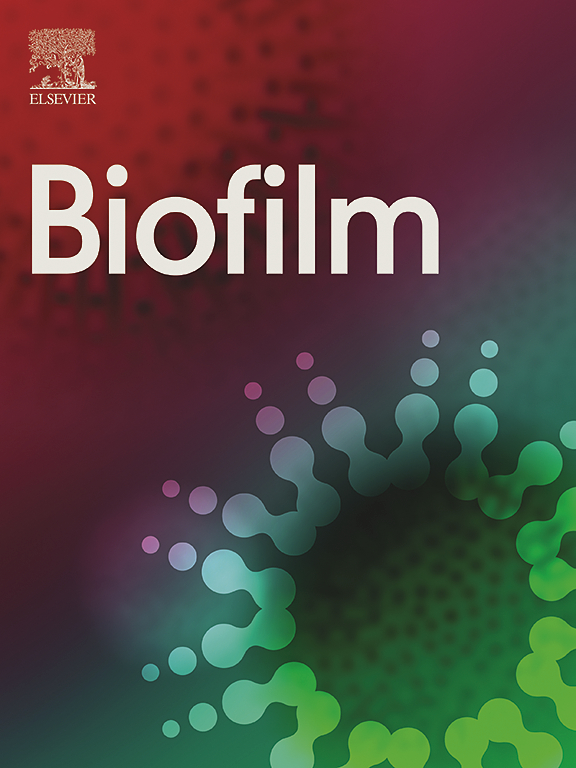Machine learning assisted classification of staphylococcal biofilm maturity
IF 4.9
Q1 MICROBIOLOGY
引用次数: 0
Abstract
An increasing incidence of device-related, biofilm-associated infections has been observed in clinical practice worldwide. In vitro biofilm models are essential to study these burdensome infections and to design and test potential new treatment approaches. However, there is considerable variation in in vitro biofilm models, and a generally accepted systematic description of biofilm maturity – apart from incubation time – is lacking.
Therefore, we proposed a scheme comprised of 6 different classes based on common topographic characteristics, i.e., the substrate, bacterial cells and extracellular matrix, identified by atomic force microscopy (AFM), to describe biofilm maturity independent of incubation time. Evaluation of a test set of staphylococcal biofilm images by a group of independent researchers showed that human observers were capable of classifying images with a mean accuracy of 0.77 ± 0.18. However, manual evaluation of AFM biofilm images is time-consuming, and subject to observer bias. To circumvent these disadvantages, a machine learning algorithm was designed and developed to aid in classification of biofilm images.
The designed algorithm was capable of identifying pre-set characteristics of biofilms and able to discriminate between the six different classes in the proposed framework. Compared to the established ground truth, the mean accuracy of the developed algorithm amounted to 0.66 ± 0.06 with comparable recall, and off-by-one accuracy of 0.91 ± 0.05. This algorithm, which classifies AFM images of biofilms, has been made available as an open access desktop tool.
机器学习辅助葡萄球菌生物膜成熟度的分类
在世界各地的临床实践中,已经观察到与器械相关的生物膜相关感染的发生率越来越高。体外生物膜模型对于研究这些繁重的感染以及设计和测试潜在的新治疗方法至关重要。然而,体外生物膜模型存在相当大的差异,除了培养时间外,缺乏普遍接受的生物膜成熟度的系统描述。因此,我们提出了一个由6个不同类别组成的方案,基于共同的地形特征,即底物,细菌细胞和细胞外基质,通过原子力显微镜(AFM)鉴定,来描述与培养时间无关的生物膜成熟度。一组独立研究人员对葡萄球菌生物膜图像测试集的评估表明,人类观察者能够以0.77±0.18的平均准确率对图像进行分类。然而,人工评价AFM生物膜图像是费时的,并受到观察者的偏见。为了克服这些缺点,设计并开发了一种机器学习算法来帮助对生物膜图像进行分类。所设计的算法能够识别生物膜的预设特征,并能够区分所提出框架中的六个不同类别。与已建立的地面真实值相比,所开发的算法的平均准确率为0.66±0.06,召回率相当,误差为0.91±0.05。该算法对生物膜的AFM图像进行分类,已作为开放访问桌面工具提供。
本文章由计算机程序翻译,如有差异,请以英文原文为准。
求助全文
约1分钟内获得全文
求助全文

 求助内容:
求助内容: 应助结果提醒方式:
应助结果提醒方式:


